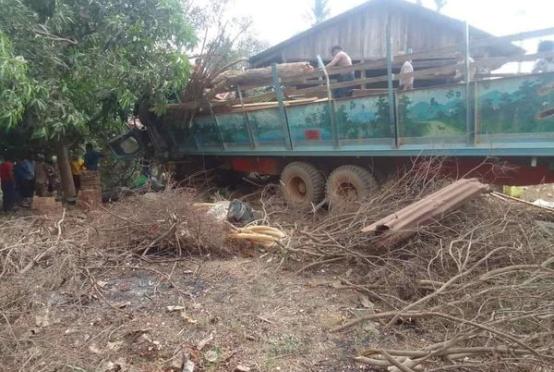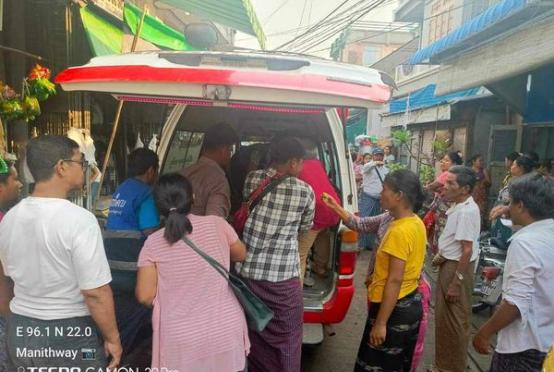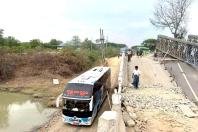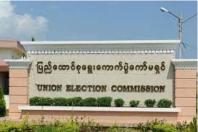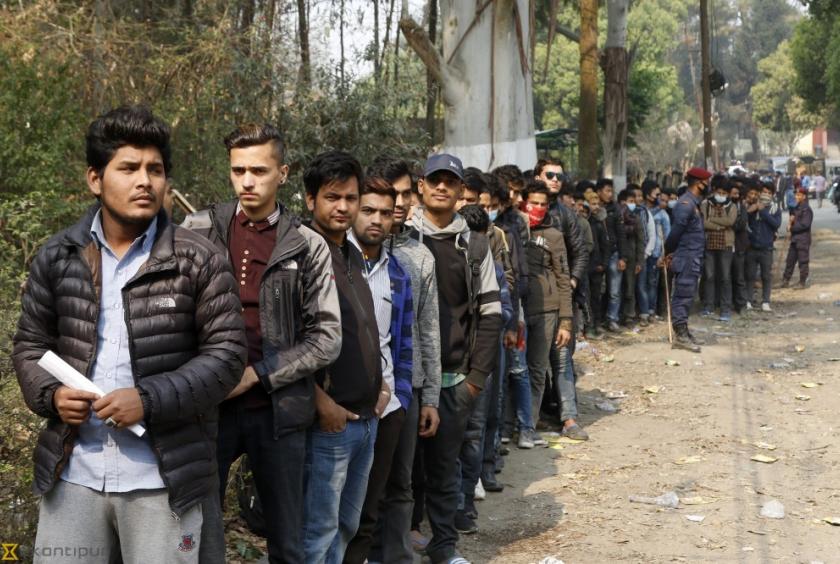
“Over 92,000 of Nepali youths will be appearing in the test this year. This is the highest number recorded so far in a year,” said Shobhakar Bhandari, information officer with the Employment Permit Section (EPS), under the Department of Foreign Employment (DoFE).
According to the EPS—the government body responsible for overseeing labour migration to South Korea, a total of 92,376 Nepali youths, aged between 18 and 35, had applied for the language test when the application was opened for the examination registration last May. The candidates will be appearing in the test which is being conducted over two days in Kathmandu, Lalitpur and Pokhara.
Out of the total applicants, 20 were expelled after they were found cheating in last year’s examination, according to Bhandari.
For the 2020 intake, 63,489 have applied under manufacturing sector jobs and 28,887 have submitted their application under the agriculture and farming sector.
“The number of applicants is increasing every year since South Korea started accepting our workers,” Bhandari said.
In 2017, over 75,000 candidates applied for the test which again increased to over 82,000 in 2018.
“The continuous increase in the number of aspiring candidates can be attributed to various factors,” added Bhandari. “First, the country has a high unemployment rate. Second, South Korea has better facilities and perks for migrant workers. Lastly, unlike other labour destinations, there is a guarantee of staying in South Korea for a minimum of four years and 10 months.”
These candidates will be vying for a total of 10,050 job placements—3,000 in the agriculture and farming sector and 7,050 in the manufacturing sector—that the South Korean government has set aside as the maximum ceiling for Nepali migrant workers they will be taking in 2020.
The quota fixed for 2020, however, less than that in 2018 when the Korean government had decided to invite 10,200 Nepali workers. For 2019, only 7,000 jobs were allotted for Nepali workers.
However, every year a few hundred applicants do not turn up for the examination even after registering for the language test.
“Hundreds of candidates never appear for the test. Some candidates, who passed the test last year, might have reached South Korea already while many choose not to take the test for failing to prepare well for the examination,” Bhandari said.
The EPS section has set up 32 exam centres—21 in Kathmandu, seven in Lalitpur and four in Pokhara—for conducting the test.
The result of the language test will be announced on June 28 before the applicants will be asked to sit for the skills test. Only upon clearing both sets of tests can workers fill up the employment form seeking jobs in the East Asian nation.
According to the DoFE, a total of 61,747 Nepali migrant workers have reached South Korea since 2008 through the EPS.
http://kathmandupost.ekantipur.com/news/2019-06-08/korean-language-test-...




